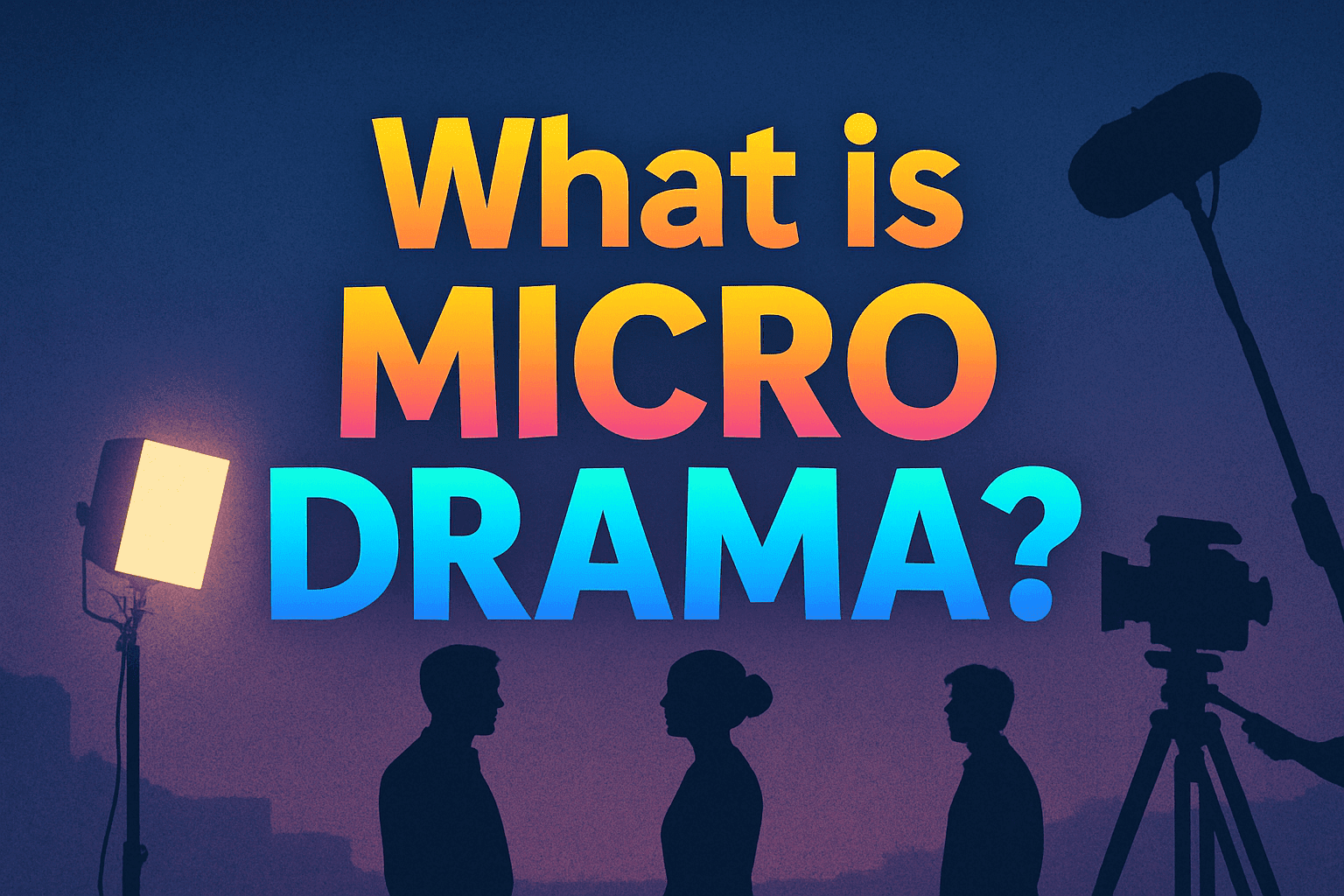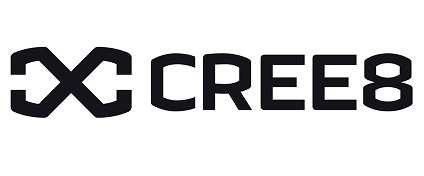What is Micro Drama? A Guide to the New Short-Form Sensation

Introduction
In the rapidly evolving media landscape, a new content format has emerged that is specifically engineered for mobile consumption and has captured the attention of millions of viewers: the micro drama.
For media executives, producers, and strategists, understanding what a micro drama is has become essential. This format is not merely a shortened version of traditional television; it is a distinct narrative form with its own production logic, storytelling conventions, and monetization models.
As platforms dedicated to micro dramas see explosive growth, the format presents both a significant disruption to established players and a substantial opportunity for content creators who can master its unique demands.
This analysis will define the format, break down its core characteristics, and explore its strategic implications for the broader entertainment industry.
Key Takeaways
| Core Challenge | Understanding and capitalizing on the emerging micro drama format, which operates outside of traditional production and distribution workflows. |
| Strategic Solution | Analyzing the key characteristics, audience drivers, and monetization models of micro dramas to inform content acquisition and production strategies. |
| Vitrina’s Role | Vitrina tracks emerging content formats and the companies producing them, providing the intelligence needed to identify new partnership opportunities. |
What Exactly is a Micro Drama?

A micro drama is a scripted, serialized narrative series produced specifically for mobile consumption, with each episode typically lasting only one to two minutes.
Unlike short films or web series, micro dramas are defined by their vertical (9:16) aspect ratio and their highly compressed, fast-paced storytelling. A single micro drama series can consist of 60 to 100+ episodes, with each installment ending on a cliffhanger to compel viewers to watch the next one immediately.
The format first gained massive popularity in China on platforms like Douyin (the Chinese counterpart to TikTok) before expanding globally through dedicated apps such as ReelShort, DramaBox, and GoodShort.
According to a report from Variety, the app ReelShort has seen rapid growth, topping app store charts and demonstrating the format’s commercial viability in Western markets.
The narrative structure of these dramas is intentionally simplistic and melodramatic, often revolving around high-stakes themes like revenge, forbidden romance, and sudden reversals of fortune (e.g., a secret billionaire plot).
This formula is designed to deliver maximum emotional impact in the shortest possible time, making it perfectly suited for the short attention spans of modern mobile audiences.
The Key Characteristics That Define Micro Dramas
To fully understand what a micro drama is, it’s crucial to break down its defining elements. These characteristics distinguish the format from other forms of short-form video and traditional television.
- Vertical-First Production: Micro dramas are shot and framed vertically. This is a deliberate production choice, not an afterthought, ensuring that the content natively fills a smartphone screen without requiring the user to rotate their device.
- Episodic Brevity: Each episode is extremely short, typically 60 to 120 seconds. This brevity allows for easy consumption during small breaks in the day, such as a commute or waiting in line.
- High Volume of Episodes: A complete story arc is told over a large number of episodes, often ranging from 80 to 100. This structure encourages binge-watching behavior within the app.
- Accelerated Pacing and Constant Cliffhangers: The plot moves at an extremely rapid pace. Each short episode is structured to introduce a conflict, escalate it, and end on a dramatic cliffhanger, creating a powerful compulsion to continue watching.
- Melodramatic and Trope-Heavy Narratives: The stories rely heavily on established dramatic tropes, such as “rags-to-riches,” “mistaken identity,” and “revenge against an ex-lover.” This narrative shorthand allows the plot to advance quickly without needing complex character development.
- In-App Monetization Model: The business model is direct-to-consumer. Platforms typically offer the first 5-10 episodes for free, after which viewers must pay to unlock subsequent episodes, either individually or in bundles.
Why Are Micro Dramas Gaining Popularity?
The rapid adoption of micro dramas can be attributed to a convergence of technological trends, evolving consumer behavior, and sophisticated psychological engagement techniques. Firstly, the format is a direct response to the dominance of the smartphone as the primary content consumption device. The vertical orientation and short-form nature are perfectly aligned with how users naturally interact with their phones.
Secondly, the narrative structure creates a powerful compulsion loop. As noted by industry analysts, the combination of extremely short episodes and constant cliffhangers is psychologically potent, tapping into the same “just one more” impulse that drives binge-watching on platforms like Netflix. However, by breaking the story into minute-long chunks, micro dramas lower the commitment barrier for starting a new episode to almost zero.
Finally, the monetization model has proven to be highly effective. By allowing viewers to get invested in a story for free before hitting a paywall, the platforms create a strong incentive to make small in-app purchases to resolve the narrative tension.
This pay-per-episode model generates substantial revenue and provides a direct financial validation of a show’s popularity. This new form of distribution and licensing is changing how producers think about content monetization.
The Business Implications for the M&E Industry
The rise of the micro drama format carries significant implications for the traditional media and entertainment industry. For studios and production companies, it represents a new, lower-cost avenue for content creation. Micro drama budgets are a fraction of those for traditional television series, yet the direct-to-consumer monetization can lead to high returns on investment. This opens up opportunities for more experimental storytelling and faster production cycles.
However, it also presents a challenge to established players. The micro drama ecosystem operates largely outside of the conventional Hollywood system of agents, studios, and distributors. The companies leading the charge, like the Chinese-owned COL Group behind Reel Short, are vertically integrated, handling everything from production to distribution and monetization through their own apps. This threatens to disintermediate traditional distributors and aggregators.
For content acquisition executives at streaming platforms and networks, the key question is whether to compete with, acquire, or partner with these new players.
The format’s success demonstrates a clear audience appetite for this type of content, and established media companies may need to adapt their own OTT streaming strategies to either incorporate similar short-form content or acquire the platforms that have already perfected the model.
How Vitrina Helps You Navigate the Micro Drama Landscape
In a market where new content formats like the micro drama can emerge and scale with incredible speed, having access to timely and accurate industry intelligence is critical.
Vitrina is a global platform designed to track the entertainment supply chain, providing executives with the data needed to understand and act on these new trends. The platform allows you to identify the companies and executives behind the rising wave of micro dramas.
Whether you are looking to identify production partners experienced in vertical storytelling, find distributors specializing in mobile content, or simply track the content acquisition strategies of new app-based platforms, Vitrina provides the necessary data.
By monitoring the companies, projects, and deals within this emerging space, Vitrina enables you to move beyond simply asking “what is a micro drama” to strategically engaging with the opportunities it presents.
This allows you to make informed decisions about co-production, licensing, or competitive strategy in this new and important market segment.
Conclusion
The micro drama is more than a fleeting trend; it is a mature and highly engineered content format that represents a significant evolution in mobile entertainment. Its success is a clear indicator of a fundamental shift in how audiences, particularly younger demographics, consume narrative content.
By combining the psychological hooks of serialized drama with the brevity and accessibility of social media video, micro dramas have created a powerful and lucrative new category in the media landscape.
For M&E industry leaders, ignoring this format is not a viable option. Understanding its mechanics, audience appeal, and business model is the first step toward developing a strategy to engage with it.
Whether through direct investment, partnership, or the adaptation of its principles for existing platforms, the lessons of the micro drama phenomenon will undoubtedly shape the future of digital content creation and distribution.
Frequently Asked Questions
The main differences are in format and length. Micro dramas are shot vertically (9:16) and have episodes that are typically only 1-2 minutes long, with a single series often containing 80-100 episodes. Web series usually have a traditional horizontal format, longer episodes (5-15 minutes), and fewer episodes per season.
The micro drama format first gained widespread popularity in China on short-form video apps like Douyin and Kuaishou. Chinese companies have since exported the model globally through dedicated apps like ReelShort and DramaBox, which have found significant success in North America and other international markets.
Micro drama apps primarily use a “freemium” model. They offer the first several episodes of a series for free to get the viewer invested in the story. After the free episodes, the viewer must pay to unlock the rest of the series, either by purchasing coins for individual episodes or buying access to episode bundles.
As of 2025, major platforms like Netflix and Amazon Prime Video have not yet started producing content that strictly fits the micro drama format (1-2 minute vertical episodes). However, they are actively investing in other forms of short-form content and mobile-first initiatives, and the success of micro dramas is likely influencing their future content strategies.

























